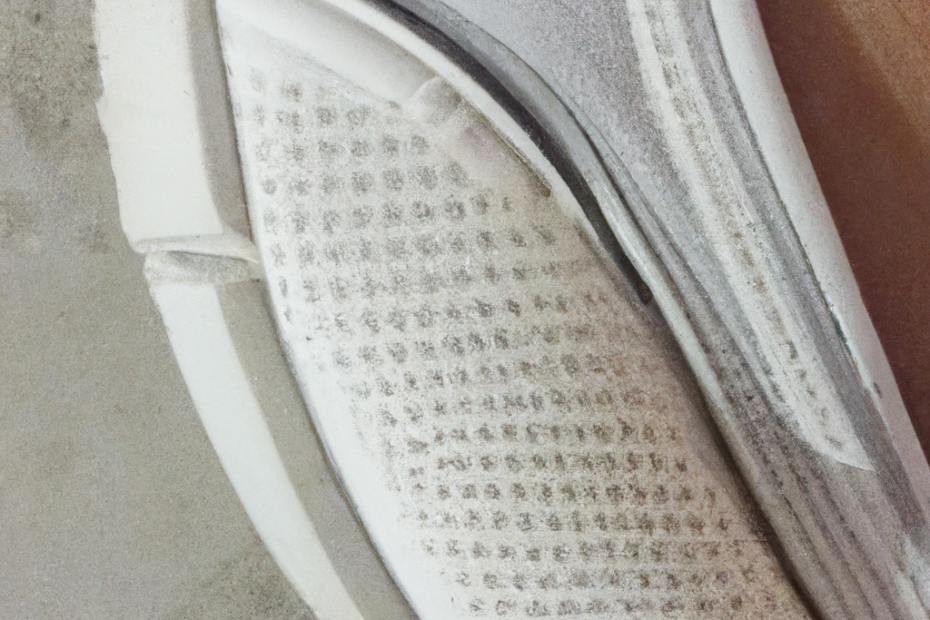Have you ever noticed that your shoes wear out more on the outside heel than anywhere else? If so, you’re not alone. Many people in the USA experience this peculiar wear pattern, and it often points to a common foot condition known as overpronation. In this comprehensive guide, we’ll delve into the reasons behind this wear pattern, explore the implications of overpronation, and provide actionable solutions to keep your feet—and your shoes—in top shape.
What Is Overpronation?
Overpronation occurs when the foot rolls inward excessively while walking or running. This inward roll, or pronation, is a natural movement that helps with shock absorption. However, when it goes beyond the normal range, it can lead to alignment issues and uneven wear on your shoes.
Pronation Explained
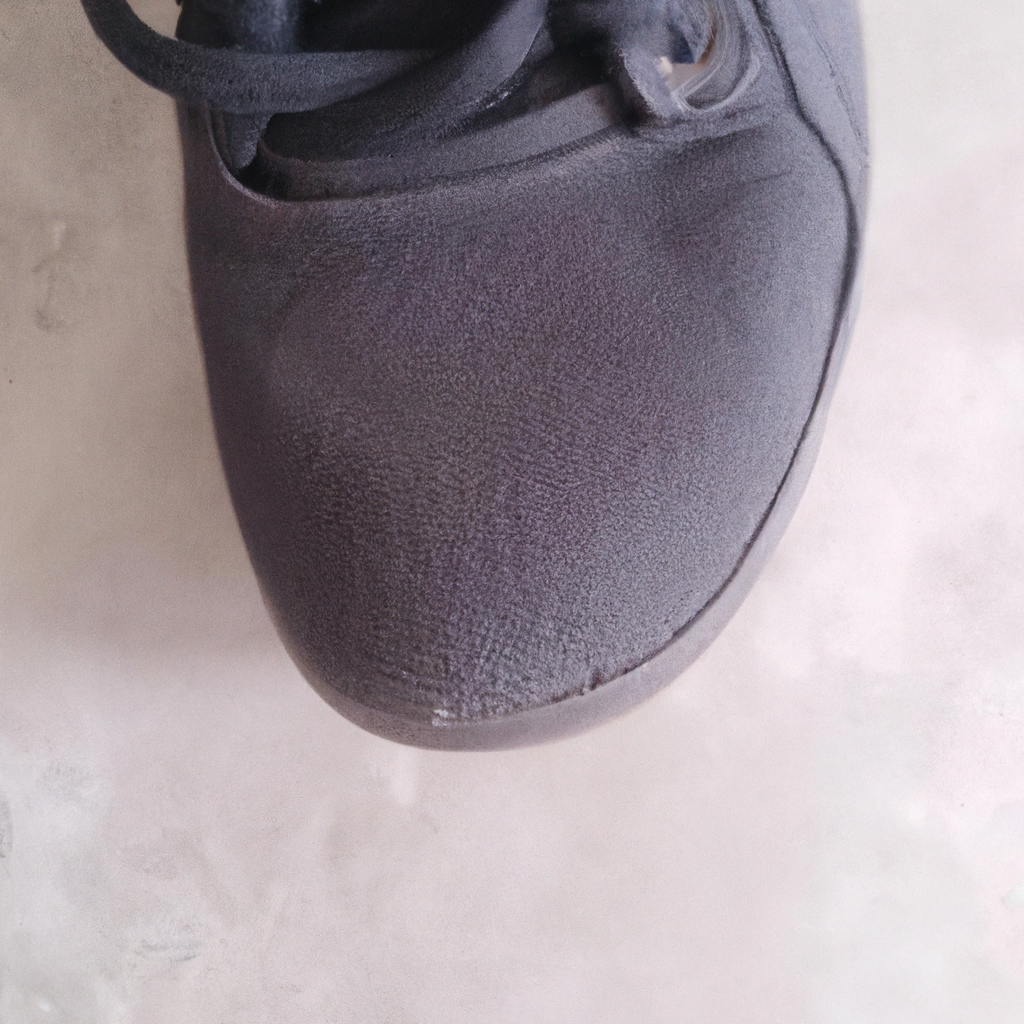
Pronation is part of the gait cycle that helps the foot adapt to different terrains. Normal pronation allows for even distribution of impact forces. But in overpronation, the arch of the foot collapses too much, causing the foot and ankle to rotate inward.
Signs of Overpronation
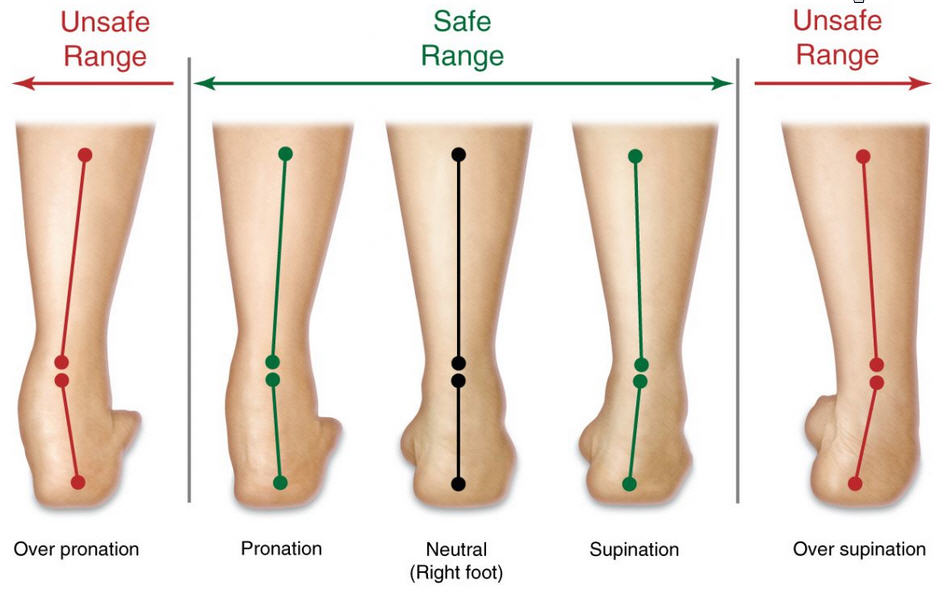
Identifying overpronation early can prevent long-term complications. Here are some common signs:
- Excessive wear on the outside heel of your shoes
- Flat feet or low arches
- Foot fatigue after standing or walking
- Knee, hip, or back pain

Self-Assessment Test
One simple way to assess overpronation is the wet foot test:
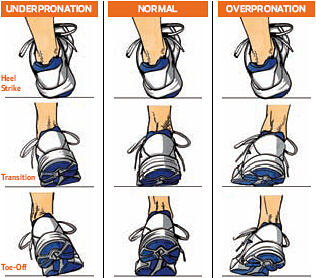
- Wet the bottom of your feet.
- Step onto a piece of cardboard or paper.
- Examine the imprint of your foot.
If most of your foot makes an imprint with little to no curve along the inside, you may have flat feet and be prone to overpronation.
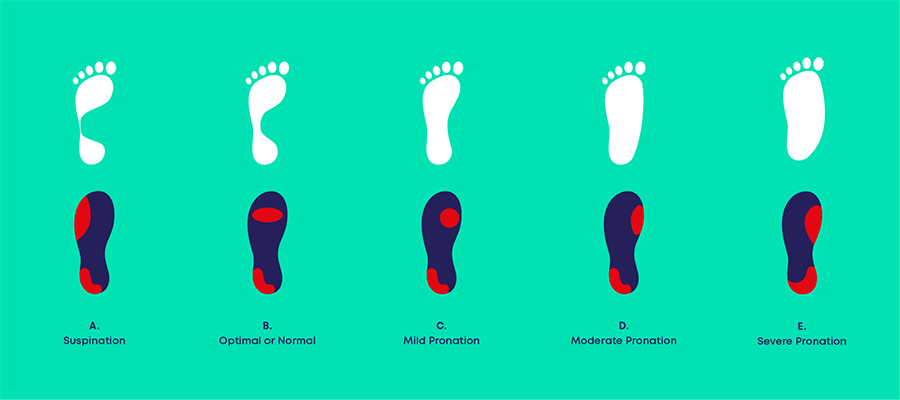
Why Do Shoes Wear Out on the Outside Heel?
The wear pattern on your shoes reveals a lot about your gait. In overpronation:

- Initial Contact: The outside of the heel strikes the ground first.
- Excessive Roll: The foot rolls inward excessively during mid-stance.
- Uneven Wear: This motion causes increased friction and pressure on the outside heel area.
Biomechanics Behind the Wear
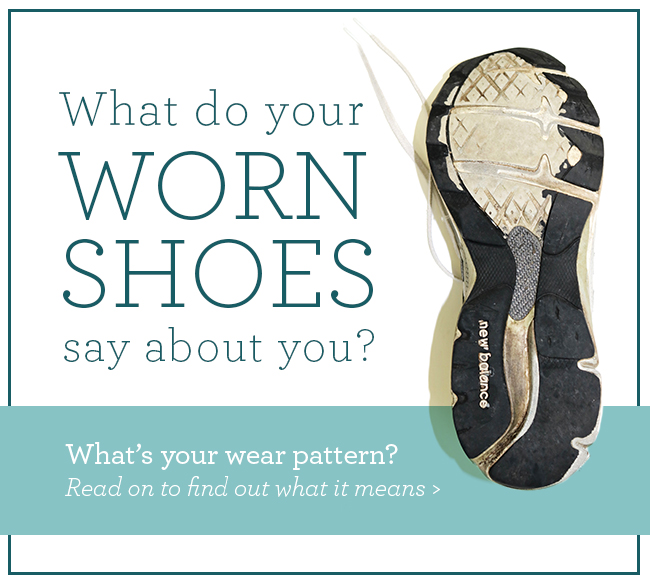
According to a study by the National Institutes of Health, overpronation alters the natural biomechanics of walking, leading to increased stress on certain parts of the foot and, consequently, uneven shoe wear.
Effects of Overpronation on the Body
Overpronation doesn’t just affect your shoes; it can have a domino effect on your entire body.
Common Issues Associated with Overpronation
- Plantar Fasciitis: Inflammation of the tissue connecting the heel bone to the toes.
- Shin Splints: Pain along the shinbone due to stress on muscles and bones.
- Achilles Tendinitis: Overuse injury of the Achilles tendon.
- Knee Pain: Misalignment can lead to improper tracking of the kneecap.
Solutions for Overpronation
Addressing overpronation involves a multifaceted approach:
1. Proper Footwear
Wearing shoes designed for overpronation can provide the necessary support and correction.
2. Orthotic Inserts
Inserts can help realign the foot and reduce excessive pronation.
3. Strengthening Exercises
Targeted exercises can strengthen the muscles affecting foot alignment.
Choosing the Right Shoes
Selecting appropriate footwear is crucial. Here’s what to look for:
Features of Good Overpronation Shoes
- Stability Control: Shoes with built-in support to prevent inward roll.
- Firm Midsole: Provides arch support.
- Motion Control: For severe overpronation, these shoes offer maximum support.
Top Overpronation Shoe Brands in the USA
| Brand | Popular Models | Pros | Cons |
|---|---|---|---|
| Brooks | Adrenaline GTS, Beast | Excellent support, cushioning | Heavier than competitors |
| ASICS | Gel-Kayano, GT-2000 | Great stability, comfortable fit | Shorter lifespan |
| New Balance | 860v11, 1540v3 | Wide sizes available, durable | Style options limited |
Custom Orthotics vs. Over-the-Counter Insoles
Both options aim to correct foot alignment, but which is right for you?
Custom Orthotics
- Pros: Tailored to your feet, address specific issues.
- Cons: Expensive, require a prescription.
Over-the-Counter Insoles
- Pros: Affordable, readily available.
- Cons: One-size-fits-all approach may not address severe overpronation.
Exercises to Correct Overpronation
Strengthening and stretching exercises can improve foot mechanics.
Recommended Exercises
- Heel Raises: Strengthens calf muscles.
- Arch Lifts: Targets the muscles supporting the arch.
- Ankle Inversions: Strengthens the muscles on the inside of the foot.
For detailed exercise routines, refer to this Foot Strengthening Exercises PDF provided by the American Orthopaedic Foot & Ankle Society.
When to See a Professional
If overpronation is causing discomfort or affecting your daily activities, it’s time to consult a specialist.
Podiatrists and Orthopedists
These professionals can offer:
- Comprehensive gait analysis
- Custom orthotic prescriptions
- Medical interventions if necessary
FAQs
1. Can overpronation correct itself over time?
While some children outgrow overpronation, adults typically require intervention through exercises or orthotic support.
2. Are there risks in ignoring overpronation?
Yes, untreated overpronation can lead to chronic pain and increase the risk of injuries.
3. Do minimalist shoes help with overpronation?
Minimalist shoes may strengthen foot muscles for some, but they lack the support needed for those with significant overpronation.
4. How often should I replace my overpronation shoes?
Typically every 300-500 miles or when you notice signs of wear, especially on the outside heel.
5. Is overpronation the same as flat feet?
Not exactly. While flat feet often lead to overpronation, one can have normal arches and still overpronate due to muscle imbalances or joint issues.
Conclusion
Understanding why your shoes wear out on the outside heel is the first step toward addressing overpronation. By selecting the right footwear, considering orthotic supports, and incorporating strengthening exercises, you can improve your foot mechanics and overall alignment. If symptoms persist, don’t hesitate to seek professional advice. Your feet carry you through life—it’s time to give them the care they deserve.
For more in-depth information, check out this comprehensive guide on Overpronation by the American Podiatric Medical Association.
